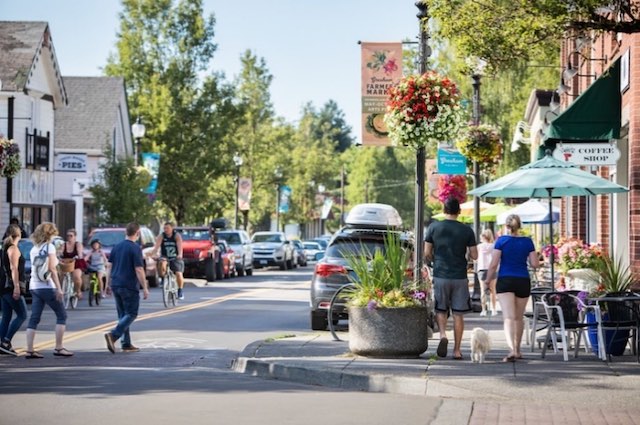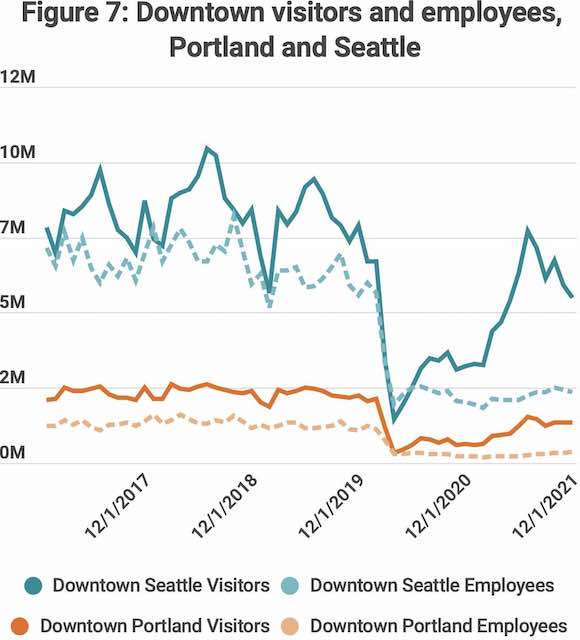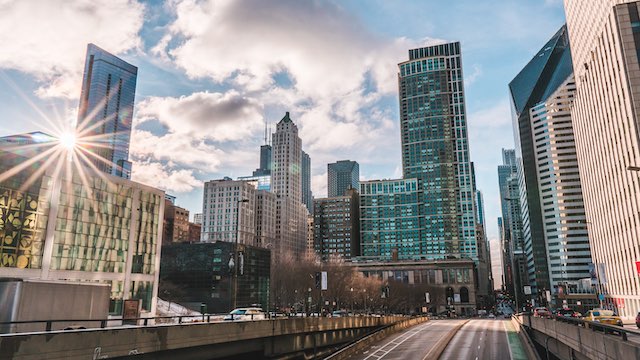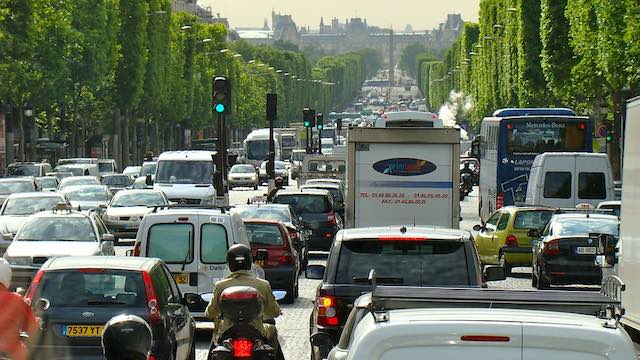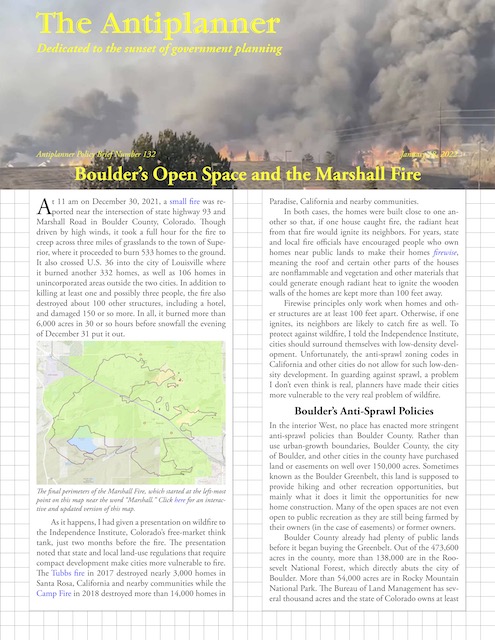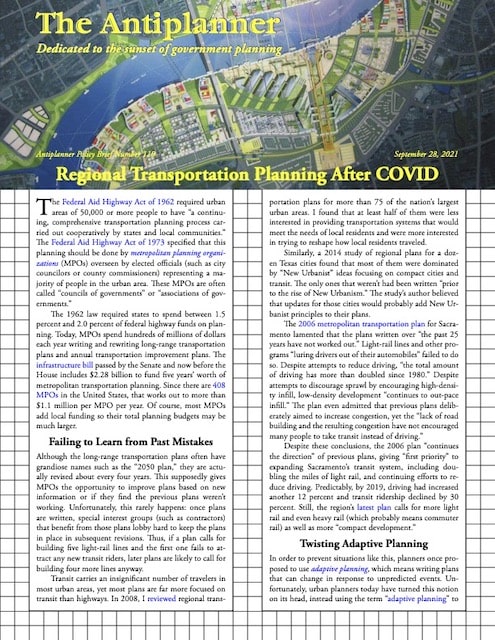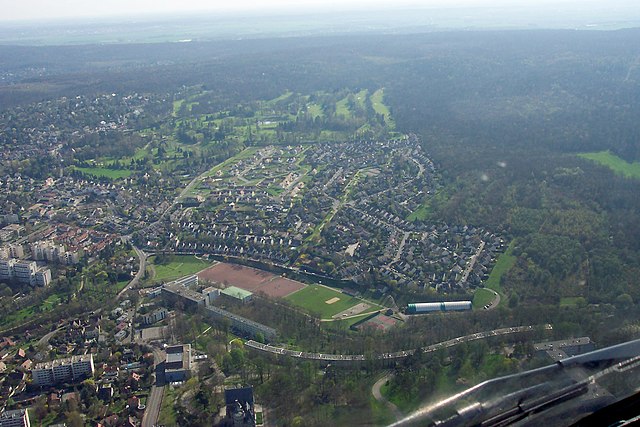The populations of many big cities declined in 2021 according to data recently released by the Census Bureau. The new data are for counties and metropolitan areas (which are simply the sums of various counties), and not necessarily for cities. But many cities, including Chicago, Portland, San Francisco, and Seattle, are closely identified with single counties, so those counties can be compared with surrounding counties to see what is going on.
People are leaving the cities.
I may cover this in more detail in a future policy brief, but for now I want to ask a single question: did people move out of cities in 2020 because of taxes and housing prices, as one article claims, or because of COVID? Continue reading


